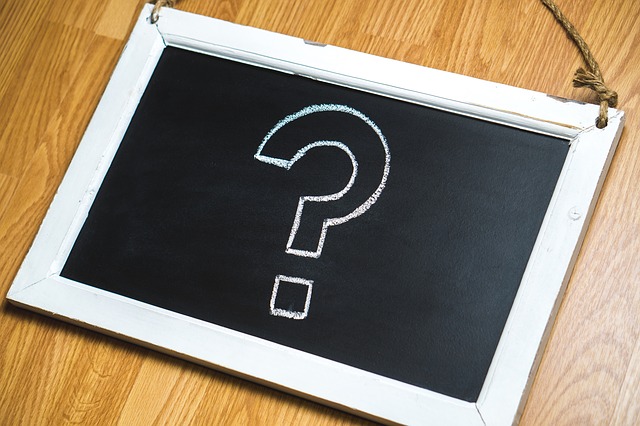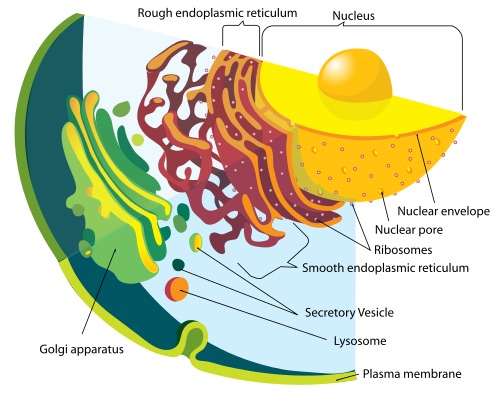If you love working with kids, an early childhood education degree might be for you. In this growing field, a bachelor’s degree in early childhood education is becoming more and more necessary to get the job you want.
Read on to learn what an early childhood education degree entails, the main differences between an early childhood education associate degree and a bachelor’s degree, and whether you actually need a graduate degree in the field. We’ll also look at the seven best schools offering an early childhood education degree online.
























